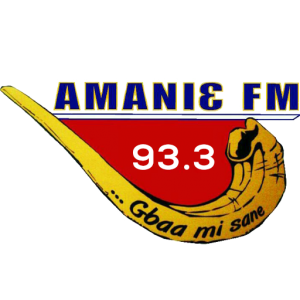As National Associations start to make plans for a safe return to hockey activities after the necessary restrictions imposed due to the Covid-19 pandemic, the FIH has produced a document to help and support Continental Federations, National Associations and clubs through the process.
The guidelines, which are aligned to those issued by the World Health Organisation (WHO), cover the entire hockey workforce – athletes, coaches, officials, staff, administrators and volunteers. Along with a risk assessment chart to which all hockey organisations are advised to adhere, there are also guidelines for organisers of international events once there is a return to international competition.
With the progression of the virus at different stages across the globe, the guidelines should be used by Continental Federations, National Associations and clubs, alongside local laws and policies, providing their own bespoke guidelines for hockey providers within their area.
A speedy return to playing sports such as hockey is seen as a crucial measure to help in the promotion of mental and physical health but, with the virus still claiming hundreds of lives across the world every day, any return to training and playing has to be carefully implemented to prevent any resurgence in infection.
Three “PST” measures have been put in place by governments across the world – Public gathering restrictions (P), Social distancing (S) and Travel restrictions (T). While sports and recreational activities are gradually being reintroduced, this is subject to strict controls and regular review, taking these three measures into consideration. Hockey, as a team sport, with contact, is seen as a higher risk activity and so is subject to higher levels of control and restriction.
Within its Health and Safety guidelines, FIH has included a risk assessment – produced by Dr Sean Carmody, a doctor of sports medicine at Manchester Metropolitan University. Prior to resuming any activity, all hockey organisations should carry out an assessment based on Carmody’s risk assessment chart.
Even before any return to activity can be considered, facilities must be assessed. To ensure a safe environment, the venue or facility is likely to require a deep clean; watering systems may need to be flushed; and, through accessible information and signage, social distancing restrictions must be made clear to anyone visiting or using the facility.
Detailed guidance on ensuring a safe environment can be found here.
These are very early days when it comes to a return to action but, within its guidance FIH has produced a five stage process showing the route back to something resembling normality. This starts, as has been seen in the Netherlands and Belgium, with a return to carefully managed training, still with social distancing measures in place. The next stage will be a resumption of regional competition, followed by local travel between neighbouring nations. Trans-Continental competition will follow and, finally, once a vaccine is in place, it is hoped there will be a return to normal competition.
There is no time scale for these stages to be reached and it will vary from country to country. What is in no doubt is that future events will look very different for the foreseeable future. When competition does resume, organisers will need to be hugely conscious of safety measures that will need to be implemented, in order to keep the hockey workforce and the fans safe. These measures are highlighted in the document.
Encapsulating a sentiment that has been expressed across the international hockey community, Australia’s Stephanie Kershaw, urged people to “Stay safe and train responsibly.”
As the Hockeyroos says, while everyone is excited about a return to action, this is tempered with the knowledge and understanding that global health and wellness is a much bigger priority and one that transcends all else.
#StayHealthy
Source: FIH











